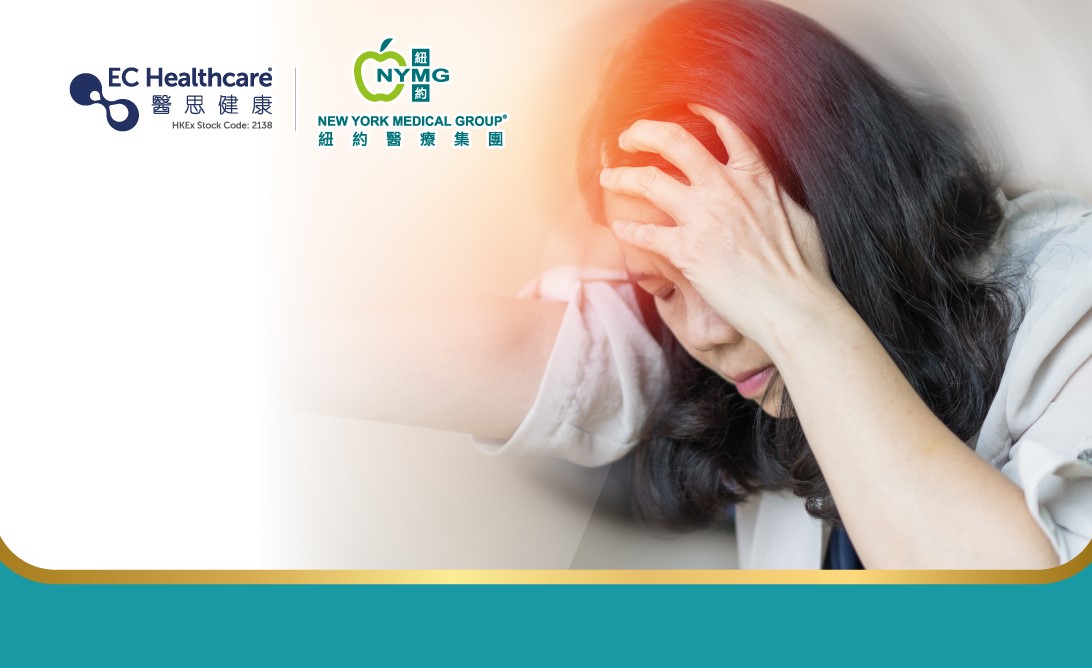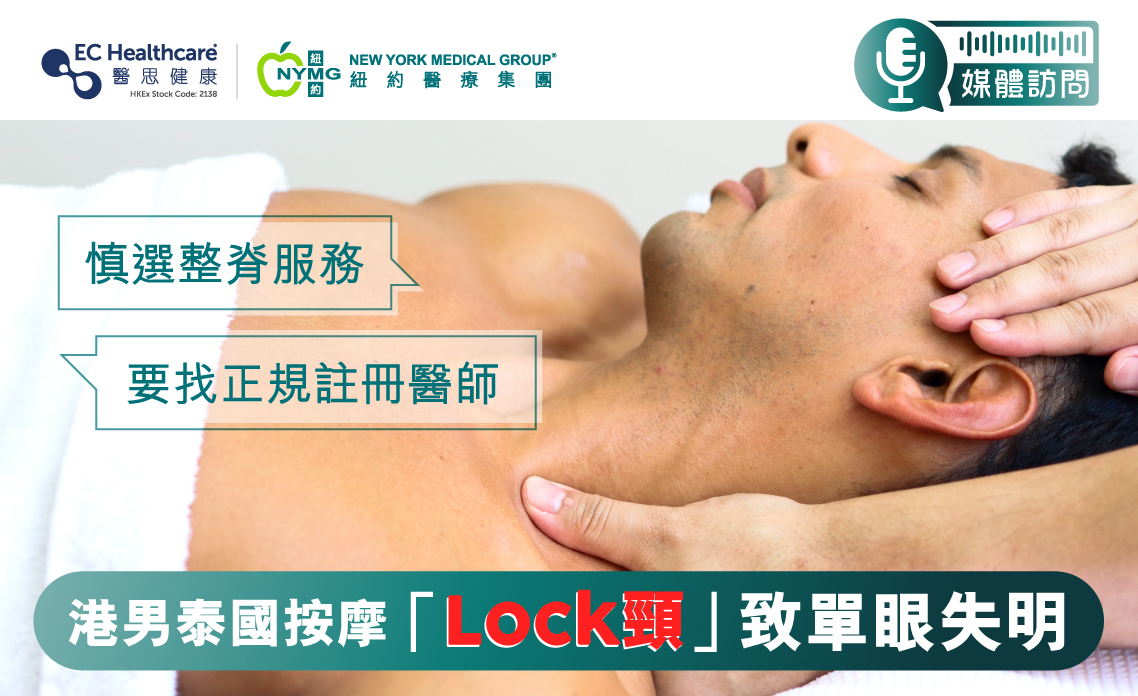Dizziness When Standing Up Can Be a Sign of Postural Orthostatic Tachycardia Syndrome (POTS)


Do you experience an abnormal increase in heart rate when sitting up or standing along with dizziness or even fainting? It could be a sign of POTS. According to an academic paper published in the Journal of Family Medicine and Primary Care in July 2022, chiropractic treatment improved the symptoms of a patient with POTS. The patient was a female investment banker. She sought chiropractic attention due to intermittent headaches and neck pain. She experienced dizziness and palpitation when changing from a seated to a standing position, which usually lasted 10 minutes. She sometimes had difficulty thinking and noticed a relationship between her dizziness and neck pain in the past 3 years. She had no history of trauma and hearing or visual discomfort. Her previous neuro-otological and cardiac examinations excluded the possibilities of otological or neurological disorders or orthostatic hypotension. She was diagnosed with anxiety and panic attacks due to work stress, and received psychiatric medications but found no improvement in her condition. She also tried acupuncture, physiotherapy exercise, and medications such as salt tablets, fludrocortisone, pyridostigmine, midodrine, and a beta blocker to control symptoms, but the effects did not last long. She then sought chiropractic rehabilitation to treat neck pain and dizziness.
Her X-ray images presented a straightened cervical curvature and mild thoracic scoliosis. After carefully excluding other possible neurological and vestibular diseases, the patient was diagnosed with POTS based on the association between her neck pain, dizziness, mechanical neck dysfunction, and a positive head-up tilt table test.
She received chiropractic rehabilitation including spinal manipulation of the restricted cervical segments and thermal ultrasound therapy to relieve neck stiffness and restore joint mobility, and intermittent motorized traction of the cervicothoracic spine to expand intervertebral spaces and decompress neural impingement. Starting from the second week of treatment, her pain and dizziness were relieved gradually and resolved in 4 weeks. She continued to receive treatment once a week in the following 9 months to restore spinal stability. The X-ray image after the treatment showed that her cervical and thoracic alignment and curvature were improved. Compared with the initial radiograph, her cervical lordosis was corrected by 25° from -5° to 20°, while her thoracic scoliosis was corrected by 5° from 12° to 7°. She remained healthy in the follow-up evaluation after 24 months.
Since POTS is a form of chronic dysautonomia, its pathophysiology is completely unknown and heterogeneous. The poor venous return may be caused by impaired vasoconstriction secondary to various factors and concurrent clinical syndromes. The focus of clinical management is symptom care. Our cervical spine shelters the cervical ganglia, which are the paravertebral ganglia of the sympathetic nervous system. Cervical spine degeneration may cause the compression of the spinal canal and irritate the autonomic nervous system. Spinal adjustment can produce long-lasting effects in relieving headaches associated with dysautonomia.
Neck pain is likely associated with arrhythmia, especially in patients with dysautonomia symptoms. Patients may suffer from musculoskeletal pain and dysautonomia at the same time. Chiropractic rehabilitation can improve the biomechanics and nervous system of patients with POTS.
Related Brands







